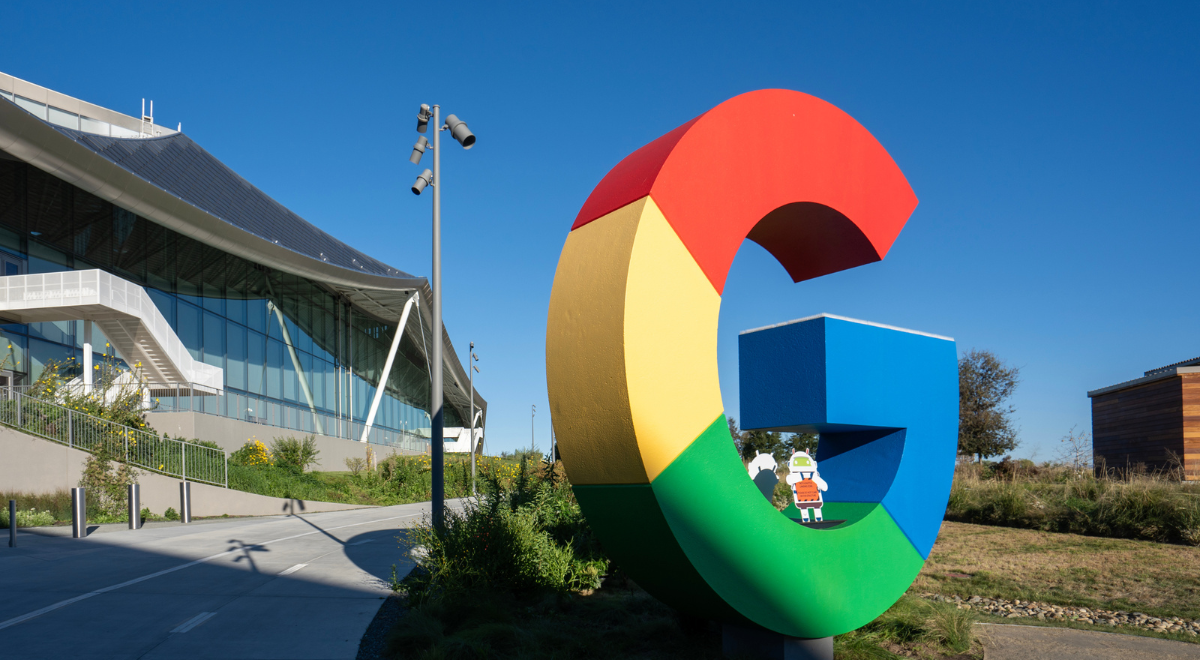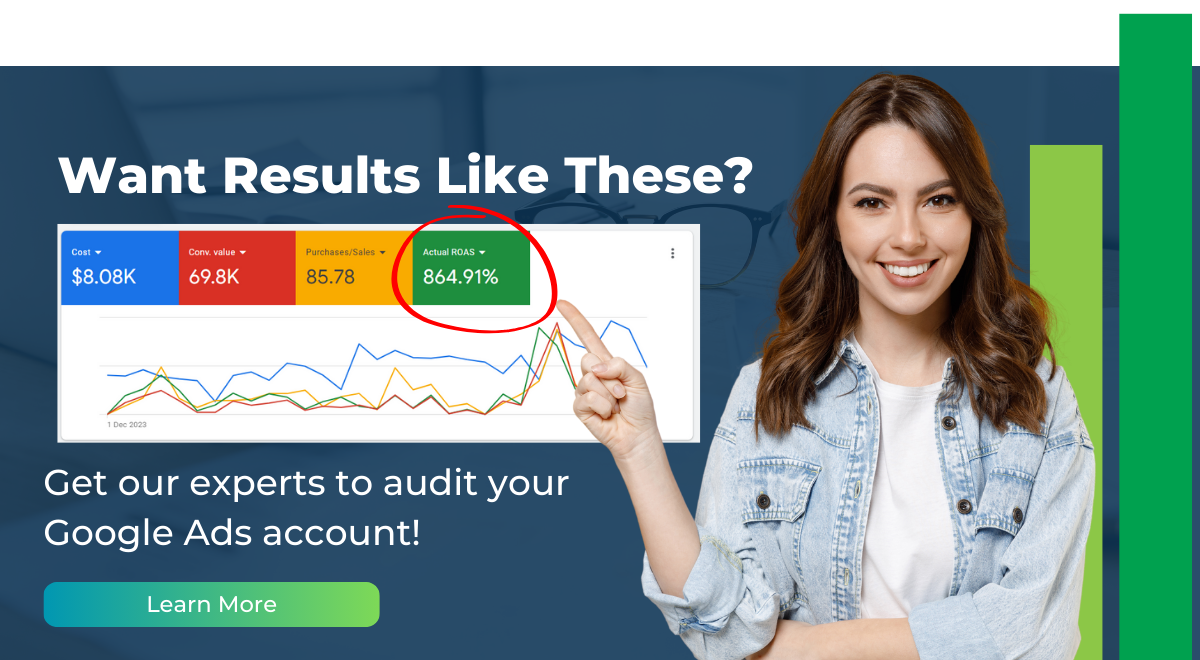Google Ads audience targeting is one of the most powerful tools in your digital marketing arsenal. Get it right, and you’ll reach the right people at the right time with the right message. Get it wrong, and you’ll be throwing money at ads that no one cares about.
If you’re running an eCommerce business and looking to maximise your ad spend, this guide will walk you through everything you need to know about Google Ads audience targeting. We’ll also cover essential strategies like keyword strategy, ad copy and creatives, bidding strategy, and why you might want to consider a management service.
What is Google Ads Audience Targeting?
Google Ads audience targeting allows you to segment and focus on specific groups of people who are most likely to convert. Instead of showing your ads to a broad, uninterested audience, you can narrow it down based on factors like demographics, interests, and past behaviour.
Why Audience Targeting Matters
- Reduces wasted ad spend by focusing on potential buyers
- Improves conversion rates by reaching people with relevant interests
- Helps tailor ad copy and creatives to the right audience
- Increases return on investment (ROI) by optimising engagement
Types of Google Ads Audience Targeting
Google offers several ways to target your audience. The key is understanding how each works and choosing the right mix for your business.
1. Demographic Targeting
You can target users based on:
- Age
- Gender
- Household income
- Parental status
For example, if you sell high-end baby products, you’d likely want to target parents within a certain income range.
2. Affinity Audiences
These are people who have demonstrated a long-term interest in a topic. If you sell fitness equipment, targeting the “Health & Fitness Enthusiasts” affinity audience could work wonders.
3. In-Market Audiences
These users are actively researching or considering purchasing a product like yours. Google determines this based on search behaviour and browsing activity.
4. Custom Audiences
Create your own audience segments based on:
- Specific keywords people search for
- Websites they visit
- Apps they use
If you run an eCommerce store selling eco-friendly products, you can create a custom audience targeting people who’ve searched for terms like “sustainable home goods.”
5. Remarketing Audiences
These are people who’ve interacted with your website or ads before but haven’t converted yet. You can show them tailored ads to bring them back.
6. Customer Match
Upload a list of emails or phone numbers from your existing customers and target them directly on Google Ads. This is great for re-engagement and upselling.
7. Similar Audiences
Google finds users similar to your existing customers and targets them with your ads. This is an excellent way to scale your campaigns.
How to Build a Winning Google Ads Audience Targeting Strategy
Now that you know the different types of targeting, here’s how to apply them effectively.
1. Define Your Ideal Customer
Start by answering these questions:
- Who is your target audience?
- What problems are they trying to solve?
- What products or services are they looking for?
- What websites do they visit?
- What search terms do they use?
2. Combine Audience Targeting with a Strong Keyword Strategy
Your audience targeting should align with your keyword strategy. If you’re running search ads, ensure your keywords match what your ideal customers are searching for.
For example:
- If you sell custom T-shirts, target keywords like “custom printed T-shirts” and “personalised T-shirts online.”
- Use custom intent audiences to target users who’ve searched for these terms recently.
3. Optimise Your Ad Copy and Creatives
Your ads should speak directly to your target audience’s needs.
- Use engaging ad copy and creatives that address their pain points.
- Highlight your unique selling points (e.g., “Fastest Shipping” or “100% Organic Ingredients”).
- Include strong calls to action like “Shop Now” or “Get 10% Off Today.”
4. Test and Adjust Your Bidding Strategy
Your bidding strategy determines how much you’re willing to pay for each ad placement. To optimise your budget:
- Start with manual bidding to control costs.
- Test automated strategies like Target ROAS (Return on Ad Spend) for better efficiency.
- Adjust bids based on audience performance.
5. Leverage a Google Ads Management Service
If managing all of this sounds overwhelming, consider using a management service. An expert can:
- Fine-tune your audience targeting
- Optimise your ad spend
- Improve your ad copy and creatives
- Continuously test and refine your strategy
Common Mistakes to Avoid
- Targeting too broadly – You’ll waste money on people who aren’t interested.
- Ignoring audience insights – Use Google Analytics and Ads reports to refine your targeting.
- Not testing different audiences – Run A/B tests to see which groups perform best.
- Forgetting negative audiences – Exclude people who aren’t a good fit (e.g., competitors, existing customers who already converted).
Final Thoughts
Google Ads audience targeting can make or break your advertising success. By using the right mix of targeting options, refining your keyword strategy, ad copy and creatives, bidding strategy, and even considering a management service, you’ll get better results and spend your budget wisely.
Start small, test different audiences, and keep optimising. The more you refine your approach, the better your conversions will be.
Want more details about running successful Google Ads for your store? Read this guide.



